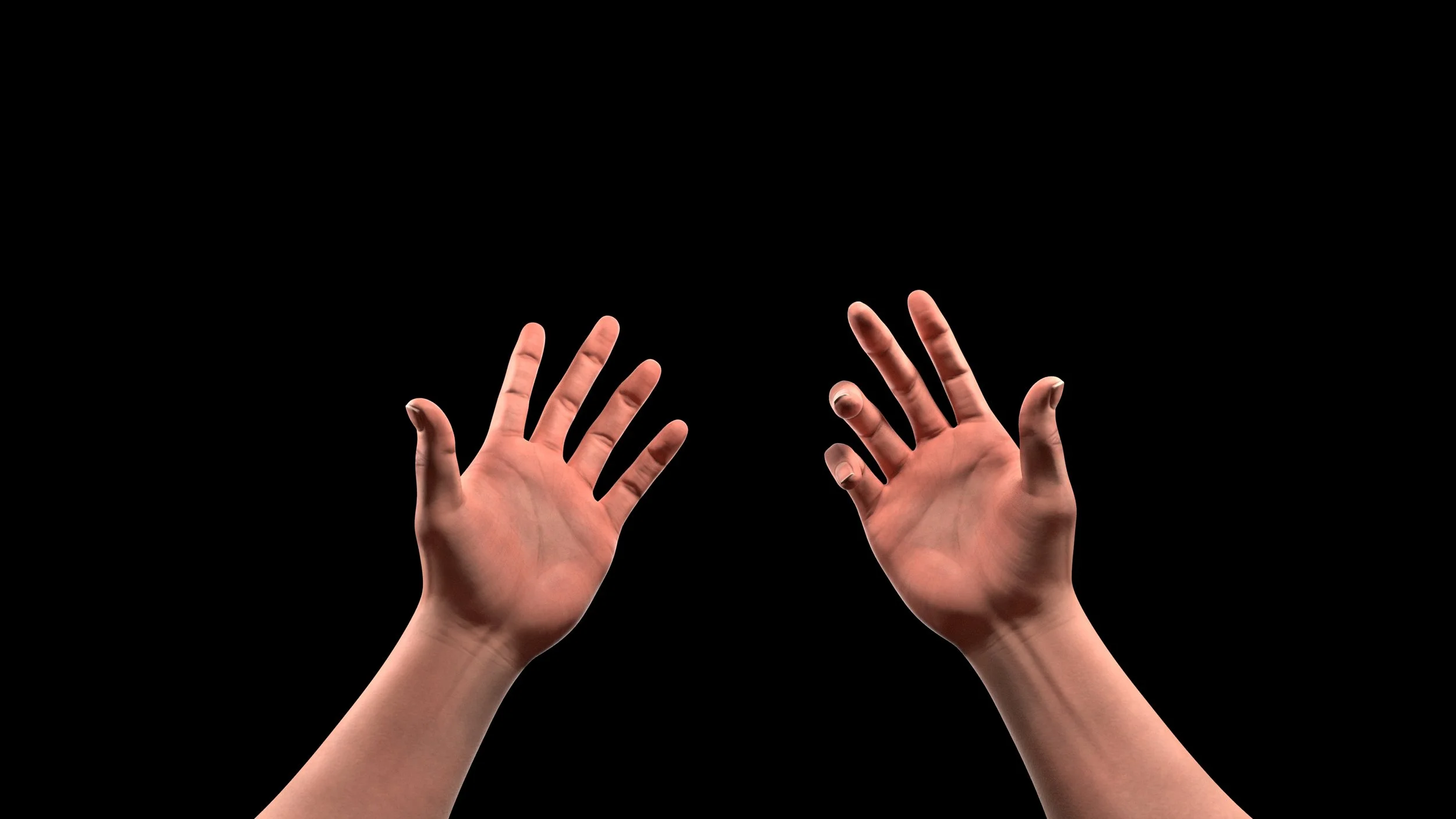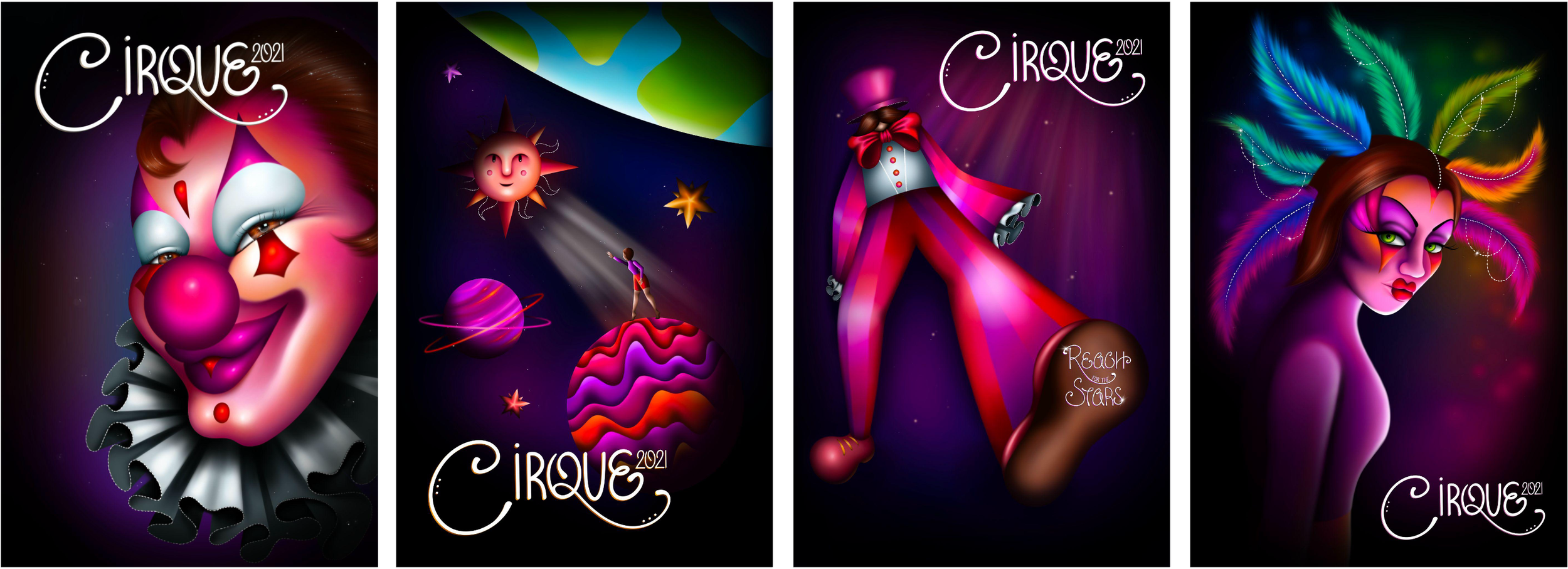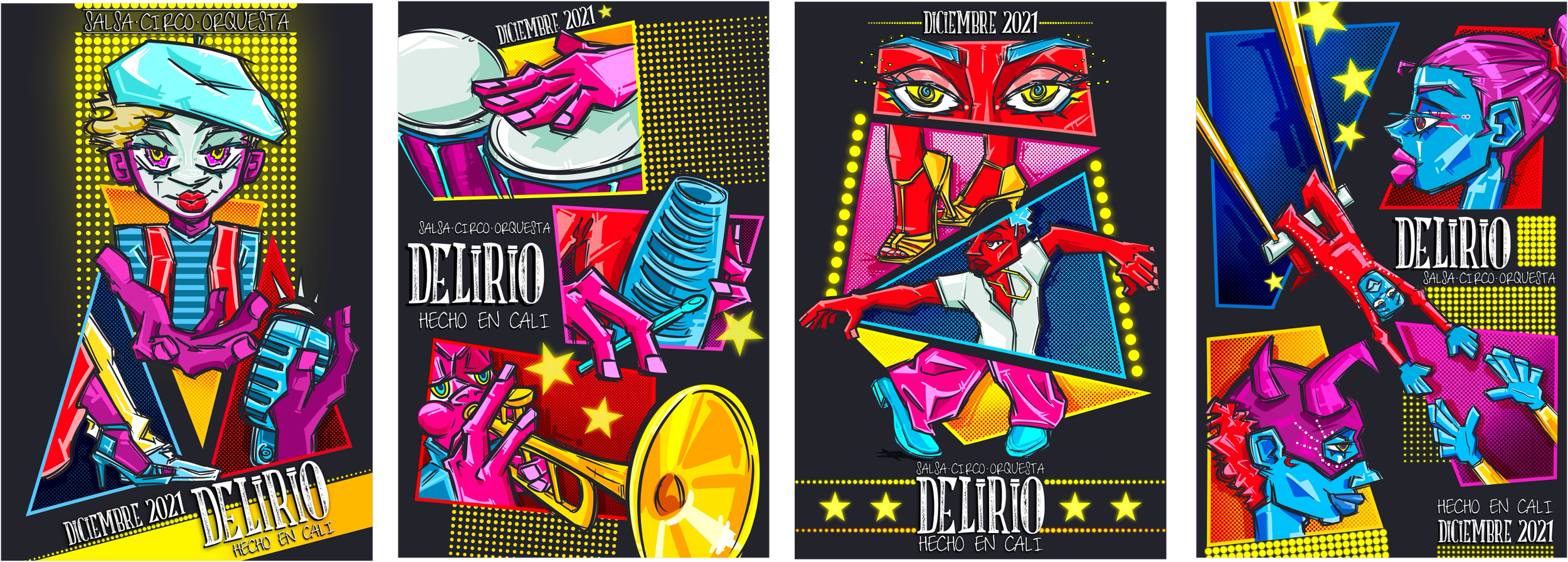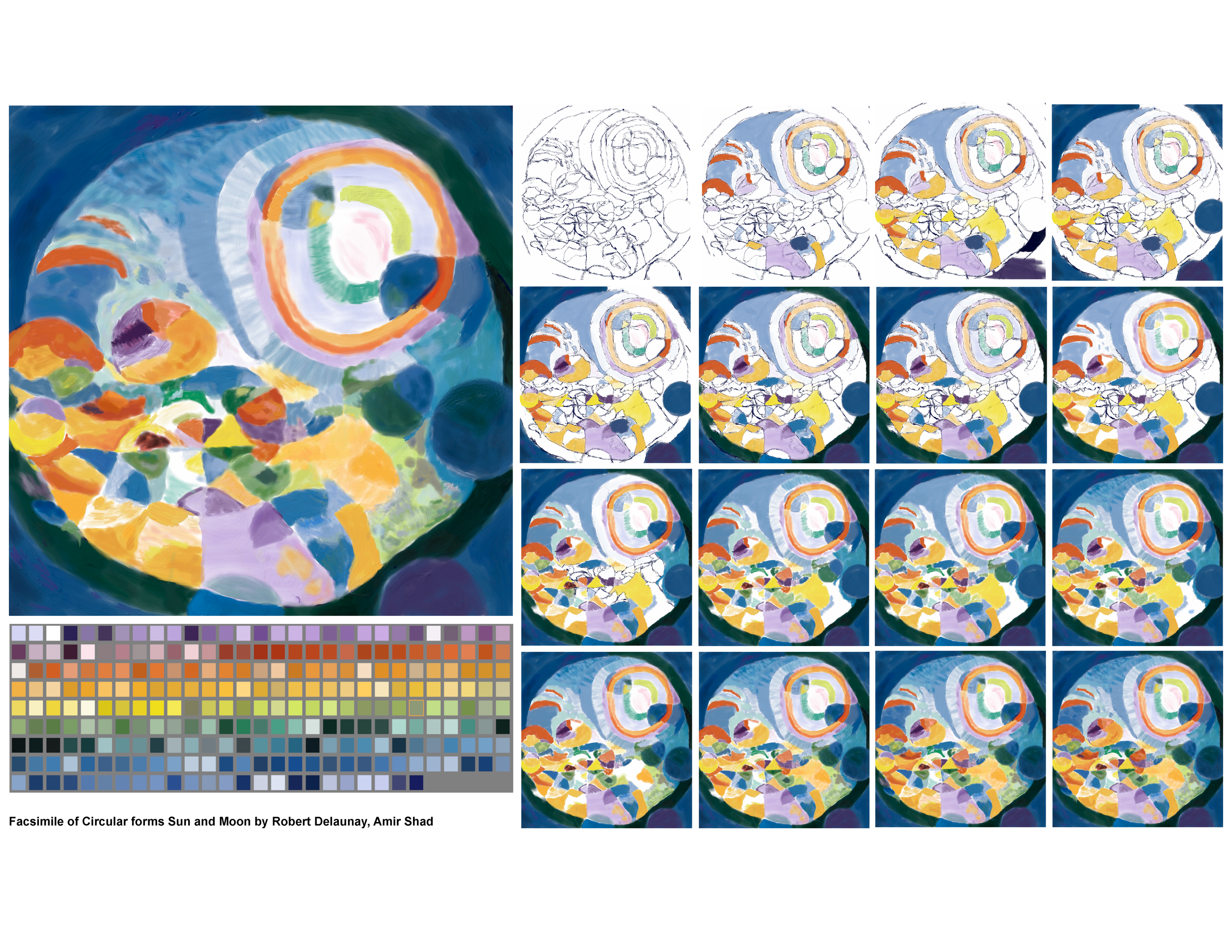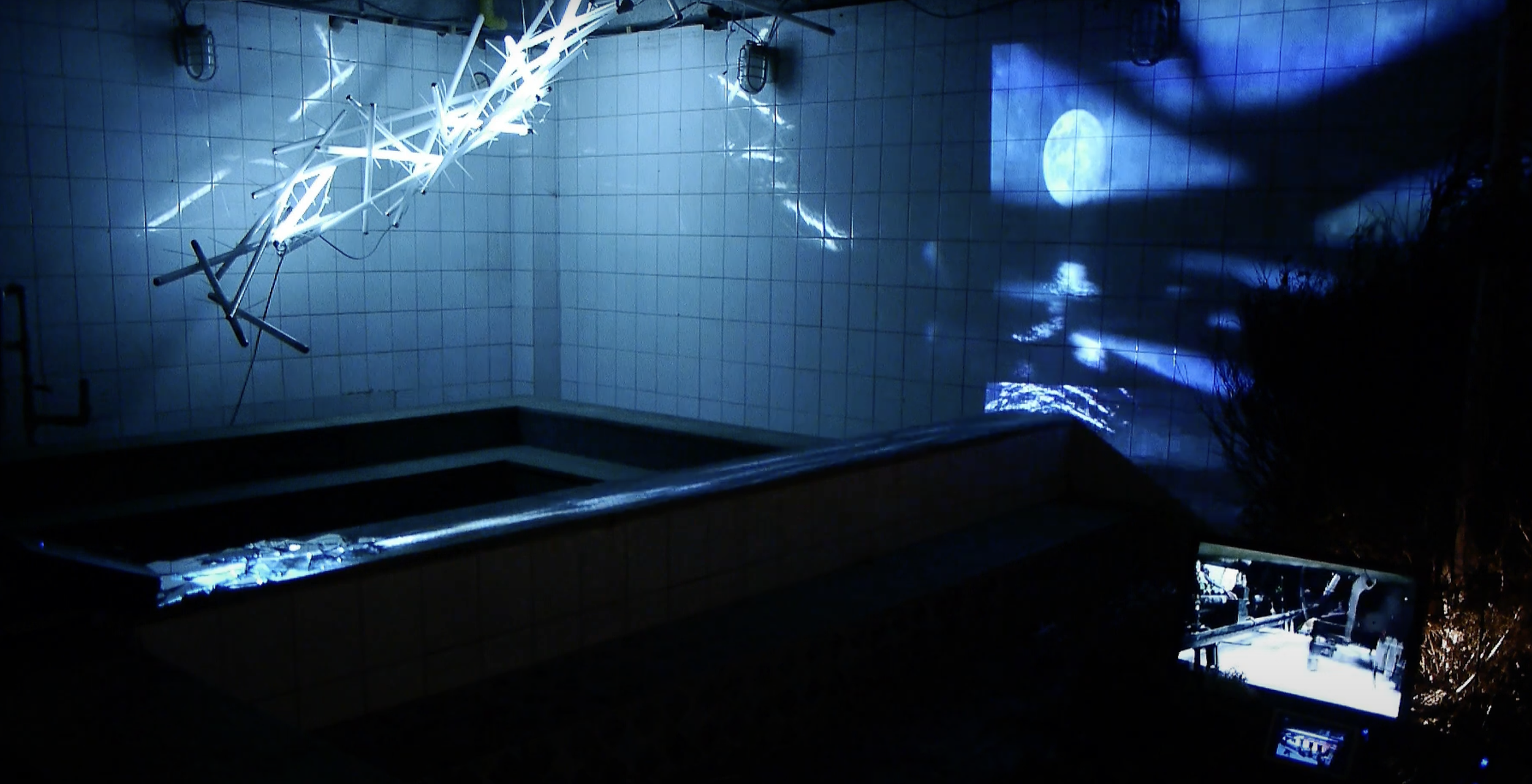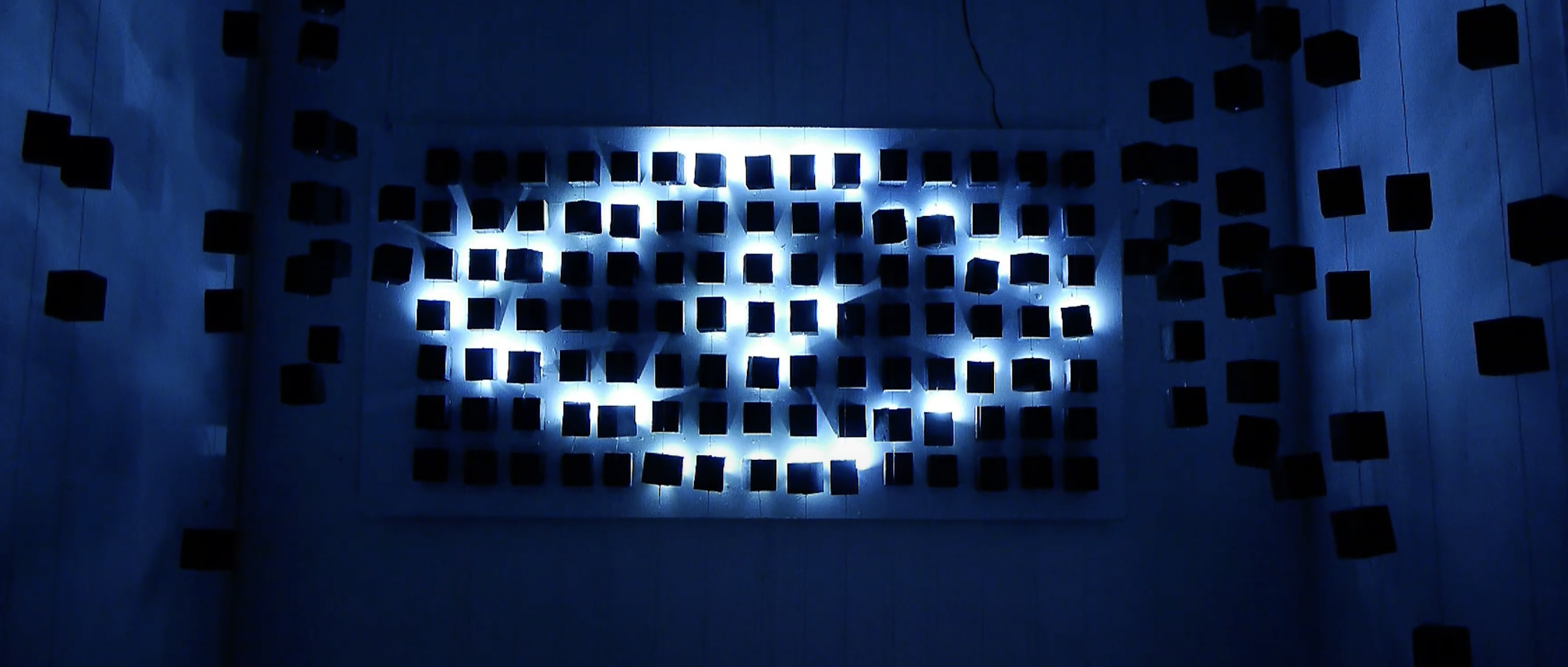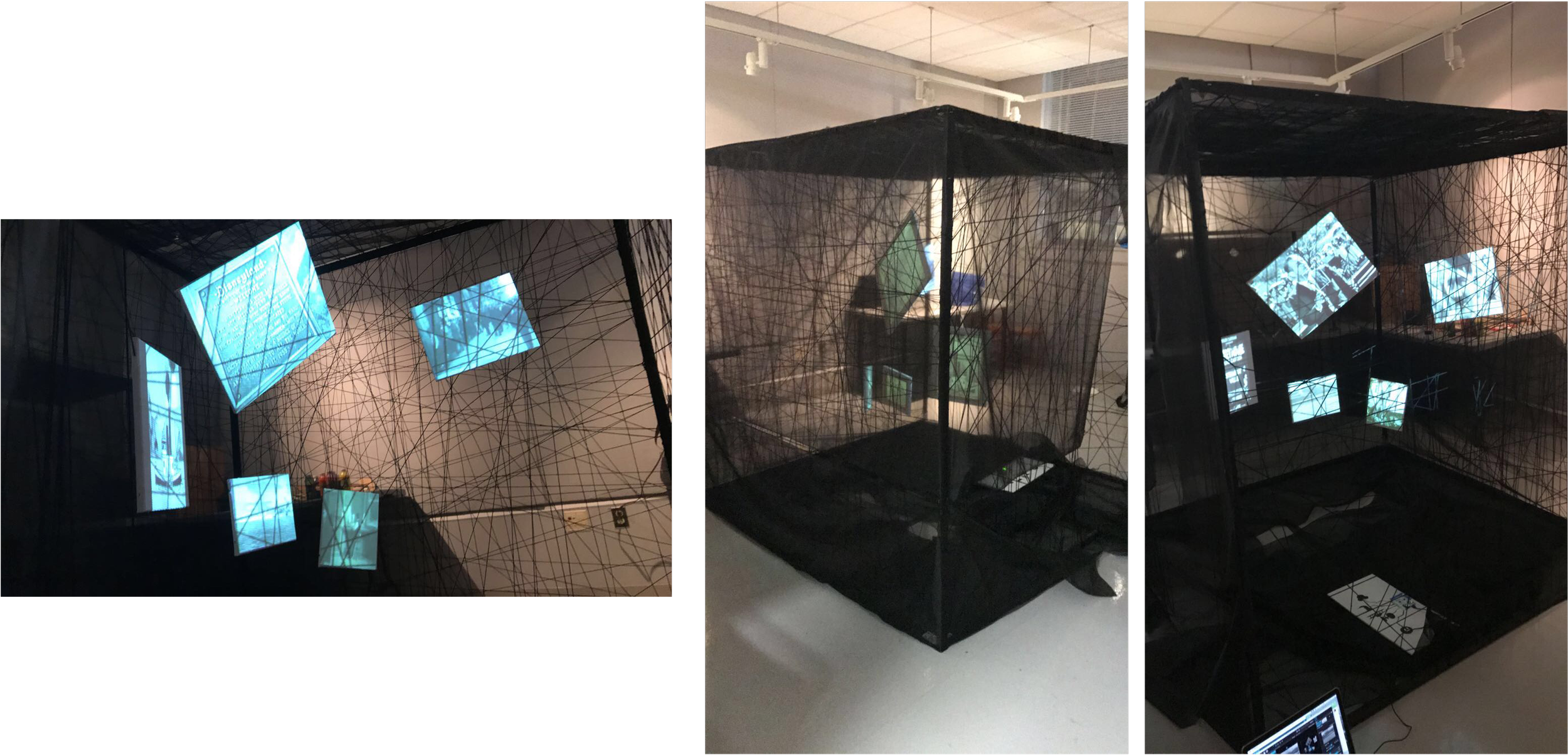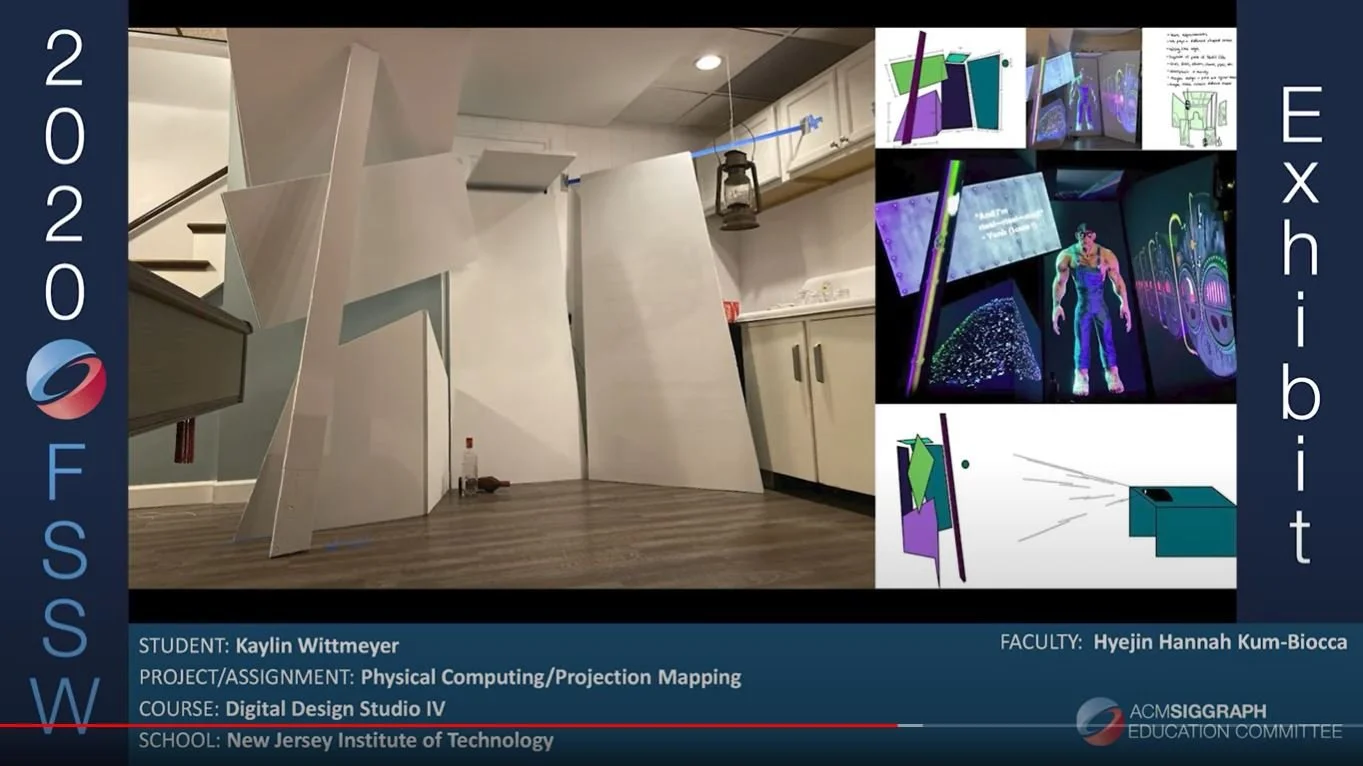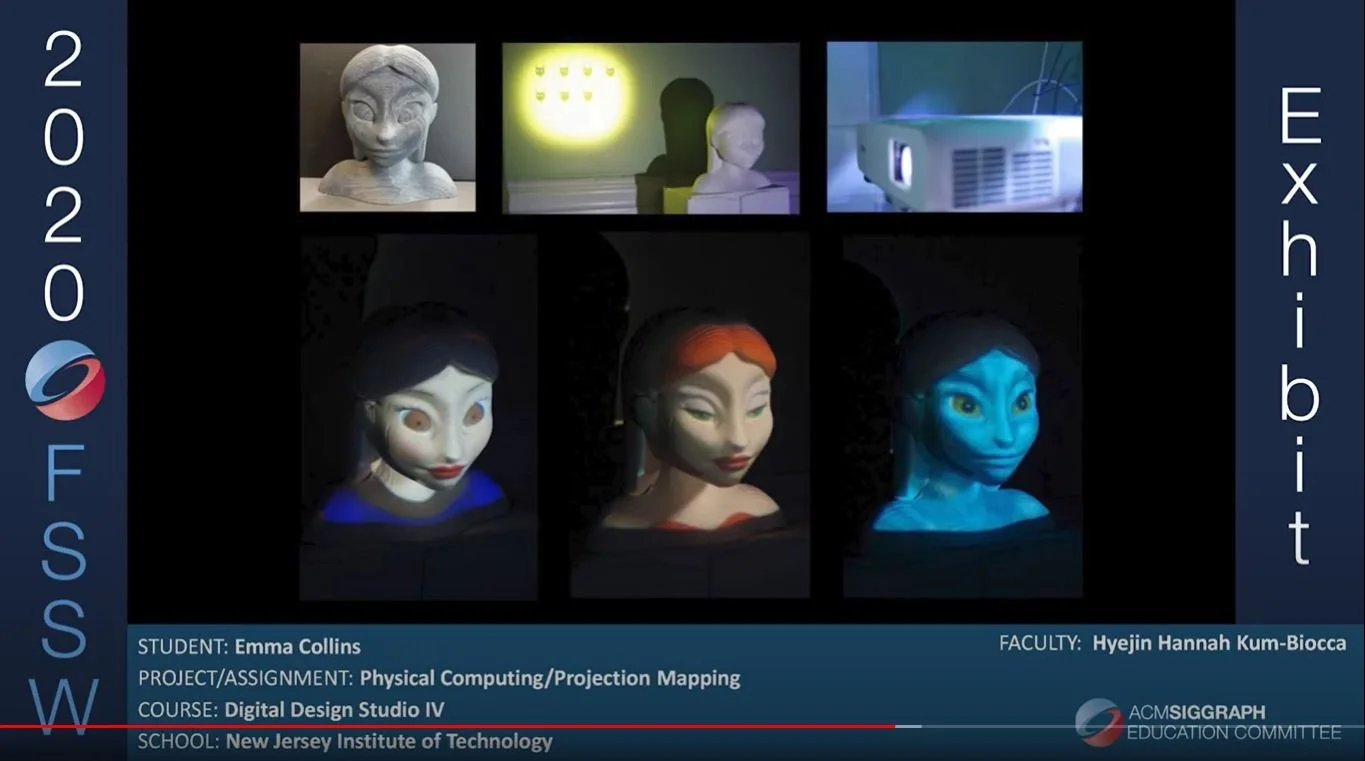TEACHING DESIGN
Substantial teaching experience at universities both before and after receiving my Ph.D. This experience spans five universities in three countries. My students have gone onto careers at Meta, Samsung, MIT, PlayStations, and many other media and technology venues.
Student Work Digital Design Studio, 3D Design
By Brandon Kong
External Indicators of teaching
performance and effectiveness
Teaching Award: Highest (#1) Professor Evaluation in the University-Kaywon School of Art & Design
Top 5% Faculty: Annual Student Evaluations
California State University and NJ Institute of Technology Consistently evaluated as a top teacher regularly exceeding department and college means on all scales at California State University and NJIT.
-
Organize Ui/UX Design Certification Program
Human-Computer Interaction
User-centered Design
VR/AR Design
Studio Based Research
Design Thinking
User Experience Design Process
UI/UX Design
-
Data & Tech Human Interaction Design
Interaction Media Design
Exhibition media Design
Introduction to Video Art
Multimedia Design
Introduction of Portfolio
Interactive Design Display
Media Design
Information communication Design
2D/3D Character/ Animation Design
Game Design
Fundamentals Design
Designing User Experience
Design Media Space Design
Interactive interface design
Introduction to Design
Video mapping
Media Art
Installation artwork
Game Environment Design
-
Usability Test & Data Collection
Interaction Design Process
Design Art education Program
Space Design (workshop)
Design Thinking-Interaction Design Workshop
AR/ VR Design
Student Work DD 364-002 Digital Design Studio IV_ Serious Game Design
Brandon Kong
Student Work DD 364-002 Digital Design Studio II_ Interaction Design
Sophia Chen
Student Work_DD 364-002 Digital Design Studio _ 2D animation
Allison Wong
Student Work DD 640-852 UI/UX Design
Monica Nelson
Student Work DD 364-002 Digital Design Studio IV_ Serious Game Design & Interaction Design
Nisha Mistry
Student Work DD 275 History of Game_Game Design
Nile Dwyer
Student Work AD 490 UI/UX Design
John, Jose, Nisha, Radia
Student Work DD 364-002 Digital Design Studio IV _3D animation
Brandon KongStudent Work AD 150-003 Color and Composition_Graphic Design
Ozara Dalgo
Student Work AD 150-003 Color and Composition_Graphic Design
Shanne Quinones
Student Work AD 150-003 Color & Composition
Amir Shad
JinHong Kwon
HanNa Bea
Student Work Exhibition
Installation, Mixed Media
Student Work Installation, Mixed Media
Twinkle Desai
Student Work Installation, Mixed Media, Video Mapping
Kaylin Wittmeyer
Kaylin Wittmeter
Emma Collins
Student Work Digital Deisgn_Interaction Design, Video Mapping.
ACM Siggraph Student Exhibition 2020
Student Work 2D Character Design
Ozara Dalgo
Learning Outcomes/Project Goal
-
This course is designed to achieve the following learning outcomes as per the course specification.
Upon successful completion of this course, students will be able to:
SLO 1. Understand different motion graphics as they 2D/3D graphic design for the diverse viewer. (Assessed through lectures, tutorials, projects, and reviews). Gather and understand viewer requirements.
SLO 2. Conduct and plan for the Interactive Exhibit Design for various purposes.
SLO 3. Apply human-computer Interaction principles, methods, techniques, and guidelines for Human-centered design and development.
SLO 4. Analytically interpret the interplay between human beings, tasks, technologies, and contexts.
SLO 5. Discuss outstanding problems in interaction design.
-
SLO 1. Interpret data presented in mathematical forms (e.g., equations, graphs, diagrams, tables, words) as demonstrated through accurate communication of inferences based on logic.
SLO 2. Apply and analyze quantitative data, recognizing the limits and potential of this
information, as demonstrated through the communication of profound and insightful conclusions from contextualized information.
SLO 3. Express quantitative evidence through communication media as demonstrated through consistently high-quality presentations that effectively support the work's arguments and purpose.
SLO 4. Determine the extent of information needed as demonstrated through effectively defining the scope of the research question, determining key concepts, and the types of source information as they relate to the work.
SLO 5. Use information effectively to accomplish a specific purpose as demonstrated through the ability to create communication media that organizes and synthesizes information from different
-
To gain perspectives and understanding about the history of both traditional and non-traditional (digital) games.
Provide exposure to principles of game structures including concepts, such as an abstract strategy game, game tree, and state space, through simple game examples.
Provide an opportunity to explore underlying concepts, technologies, and languages of contemporary video game productions.
To gain an understanding of available game-related digital environments not only from a standpoint of a game player but also from that of a game maker.
To provide an opportunity to develop the ability to clearly present a project to others.
-
• To provide opportunities to improve information literacy in the process of researching art, artistic movement(s), and artists in the preparation of written essays with appropriate citations and references.
• To provide exposure to a variety of two-dimensional images depicting three-dimensional examples of architecture, interior design, object/artifact design, and/or landscape in an evocative non-photorealistic manner.
• To begin to explore the role of color in the perception of space and surface.
• To begin to experiment with interpretative representation of space and surface.
• To provide an opportunity to learn and become relatively proficient with raster/paint software (Corel Painter) that (1) serves as a digital analog to freehand/traditional drawing and (2) is useful in various ways when designing and presenting original work (by “touching up” or modifying algorithmically generated images created with automated processes, as a tool to create original materials for use in the rendering of three-dimensional models for documentation of existing conditions and/or presentation of original designs, and to create original evocative works - especially in combination with wireframe three-dimensional expressions - that may effectively communicate design intent) that may be created by interior designers, architects, industrial designers, and digital designers in a variety of two- and three-dimensional applications.
• To develop an appreciation that the computer does NOT dictate a particular style or image type but that, ultimately, the designer/creator is responsible for whatever is presented – and has the power to modify any image to produce desired results.
• To develop a visceral understanding that the effort required to create good work with digital graphics is as labor intensive as the effort required with traditional/analog media.
• To provide an opportunity to learn and use a limited subset of commands available in drawing software (Corel Draw and/or Adobe Illustrator) for compositing and layout.
• To assist us in clarifying our thoughts and observation of art by writing about it. To provide opportunity to practice critical writing and communication skills. ption



